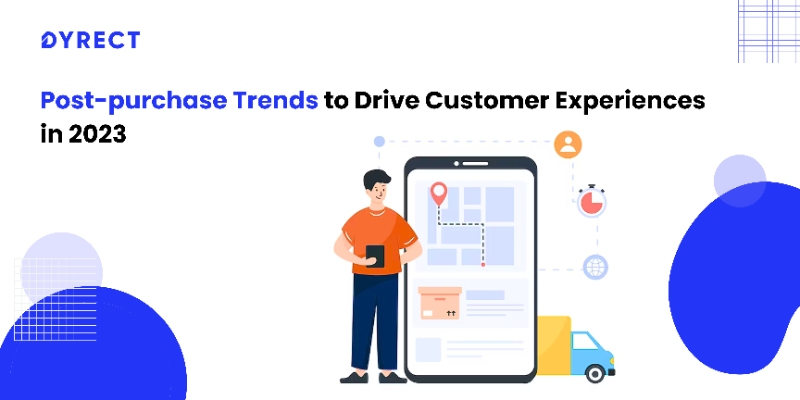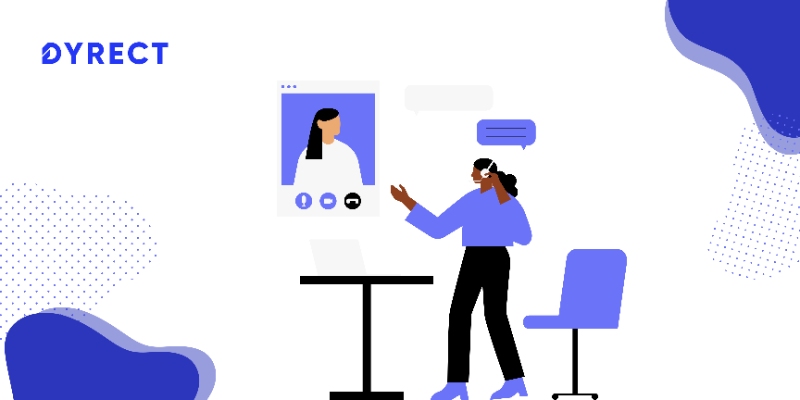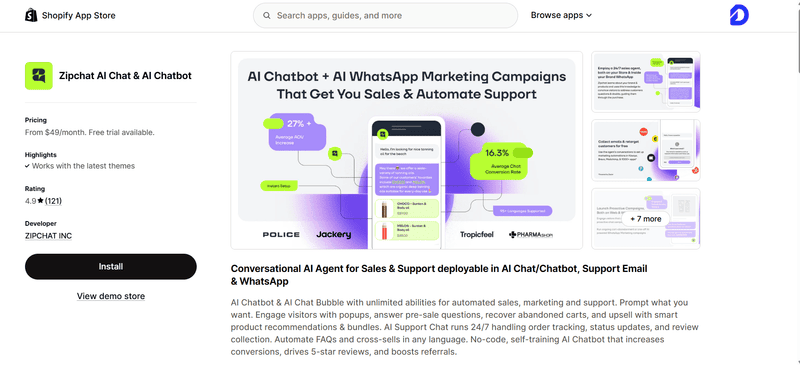
We know the feeling of elation brands experience when a customer closes a sale. That sale, however, marks the beginning of your relationship with that customer.
That customer will use your product, review it, maybe return it, or even come back to buy something else. Your brand’s post-purchase customer engagement strategy has a direct correlation with your revenue generation, brand loyalty, brand image, and more.
Here’s a quick read about post-purchase trends in 2023 that are helping brands drive better customer experiences.
An Introduction to Post-purchase Customer Experiences
Post-purchase customer experiences include all interactions between a business and its customers once a sale has been made.
This includes delivery tracking, unboxing, installation (if applicable), warranty registration, returns, refunds, warranty claims, upselling, cross selling and customer service interactions.
Importance of Post-purchase Customer Experiences
Here are some compelling reasons for why brands ought to pay attention to post-purchase customer experiences.
Every single touchpoint after a sale has been done is an opportunity to improve customer satisfaction. For example, giving your customers a link to track their deliveries helps ease the anticipation that customers feel, and builds trust in the brand.
Satisfied customers are more likely to become repeat customers. This means your business does not need to constantly depend on new customers only for revenue.
Post-purchase experiences are also opportunities for customer retention. For example, if a customer is unhappy with your product and wants to return it, you could use the opportunity to find out why the customer was unsatisfied with your product, address the issue, and retain the customer.
A 5% increase in customer retention can lead to an increase in revenue from 25% to 95%.
Creating personalized post-purchase customer experiences also opens up opportunities to build loyalty programs, upselling and cross-selling.
Post-purchase Customer Experience Tips for 2023
Here are some tips to help you build some truly special post-purchase experiences for your customers in 2023.
1. Make the Post-purchase Customer Journey Special
A lot of brands are happy to just send a “Thank you for shopping with us” email with a package tracking link and sit back. However, this is the perfect opportunity to build a special customer experience.

Personalize the “Thank you” email to make it more effective. Go beyond just using the customer’s name to adding content that’s related to their purchase.
For example, if the customer bought leather shoes from you, add weather maintenance tips and links to extra shoe-laces.
Map out every part of the post-purchase journey for the customer.
For example, if you print custom tees, share every part of the journey as it happens with the customer, right from when the tee is ready to be shipped to them to tracking the delivery and finally unboxing their new custom tee.
When you do this, you set the right expectations with your customers in terms of product quality, delivery and more. You also make it easier for you to design content across multiple touchpoints that you can use for future customer interactions..
Use an omnichannel approach to engage with customers. Communicate with them using emails, SMS and social media platforms. Keep in mind that it is important to maintain consistency across all platforms for your customers to enjoy a truly omnichannel experience.
2. Maintain Consistent Branding
When done correctly, the post-purchase experience is also a great opportunity to build brand recall. And consistent branding plays an essential part in helping you do just that.
Maintain the same tone and messaging as your pre-sale marketing did. This will help build familiarity and continuity in your brand communications.
Whether it’s on order confirmation emails, delivery tracking SMS, installation guides or FAQs, maintain a consistent look and feel that represents your brand. This includes color themes and tone.
This is easier to do when you host all the information on your own website, including shipping information, emails and order fulfillment portals rather than redirecting customers to third-party websites.
3. Reward Your Customers for Their Loyalty
Whenever a customer comes back to buy from your business again, be sure to reward them for their loyalty.
These rewards could be discounts on a product they were browsing but never purchased, loyalty points that they could accumulate to redeem against a purchase at a later date or even privileged access to new product releases.
However, here are a few tips to keep in mind while planning rewards for your loyal customers.
Reward every repeat sale, irrespective of the purchase value.
Whenever you send out reward communications, be sure to customize it and let the customer know why they’re being rewarded.
The more a customer spends, the bigger your loyalty reward ought to be. This will encourage them to spend more, increasing the customer lifetime value.
4. Track the Success of Post-purchase Customer Experiences
It is not sufficient to just build post-purchase customer experiences if you aren’t measuring how effective they are, and making changes to make your strategy more effective. Here are the components of your post-purchase customer experiences you ought to measure.
Track which of your emails have the highest open rates, and which links get the most number of clicks.
Track how often customers visit your post-purchase website pages, such as FAQs, returns and refunds, order tracking page, etc. This will give you an idea of where your customers go when they revisit your website. Do they check other products, or are they just interested in their previous purchase?
Track the type of customer support requests you get, and the amount of time your team takes to resolve them. This will give you an idea of what areas need improvement, and how proactive your customer support team is.
Analyze delivery metrics to see if your commitment to your customers when it comes to order delivery is accurate.
Track which products get returned the most and why. This will help you design your products better, and resolve existing issues with those products.
Keep a tab on which customers seem to be coming back the most and what products they buy. This will offer you insights into customer behavior that can help you with aspects like marketing strategy and product design.
Post-purchase Trends in 2023
Finally, let’s take a look at some trends that are driving post-purchase customer experiences in 2023.
1. Gamification of Rewards
Gamification of rewards for repeat purchases, such as leaderboards, tiers, badges and points are a great way to increase customer engagement. This is because of the competitive element that gamification brings in.
In fact, companies that have integrated gamification into their loyalty programs have reported a 50% increase in registrations for their loyalty programs.
2. Creating Tailored Experiences
While referring to customers by name in your post-purchase communications is now taken for granted, the new trend is in tailoring every communication to reflect each customer’s preferences.
This needs insights into purchase history, brand preferences, average cart value and more.
3. Offering Omnichannel Experiences

Whether it is customer support or the shopping experience itself, brands that offer their customers omnichannel experiences are preferred by today’s youth.
This could include offering a consistent experience both digitally and in physical stores, allowing customers the convenience of paying online and picking up their purchase in store, offering customer service across multiple channels, and more.
4. Deploying chatbots
Chatbots seem to be an affordable way for brands to address growing customer support needs without breaking the bank, and still keeping customers happy.
AI driven chatbots are capable of self learning and building conversations with customers, before either offering solutions or if needed, redirecting their call to a customer service resource.
This has proved to greatly improve the time taken to resolve customer issues, and improve customer satisfaction.
Why Dyrect Ought to Be Your Post Purchase Partner
Every post-purchase experience you want to build has one thing in common: first party data. First party data is essential customer information, such as their contact details, names, dates of birth and more.
Often, getting this information can be difficult for SMBs, largely because driving customers to your own ecommerce site can be difficult, and businesses often rely on third-party websites like eBay and Amazon for a digital presence.
These websites do not allow access to customer information, even if you use their services to sell your products. However, Dyrect can get you that data and more!
Use our industry-leading 1-click product registration software and get access to first party data in under a minute.
Create custom post-purchase experiences for your customers using our no-code experience builder.
Use our in-built CRM to offer transparent and efficient customer service, ensuring your customers feel appreciated.
Collect feedback from your customers, and use that data to improve customer satisfaction and plan future offerings.
Engage with customers by building amazing omnichannel post-purchase engagements.
Book a demo with our team today, and start building post-purchases experiences that are on par with the other global leaders who have chosen to work with Dyrect.



